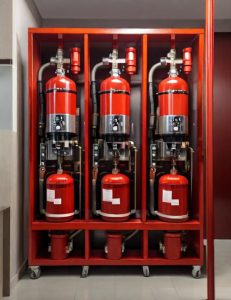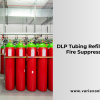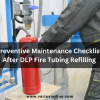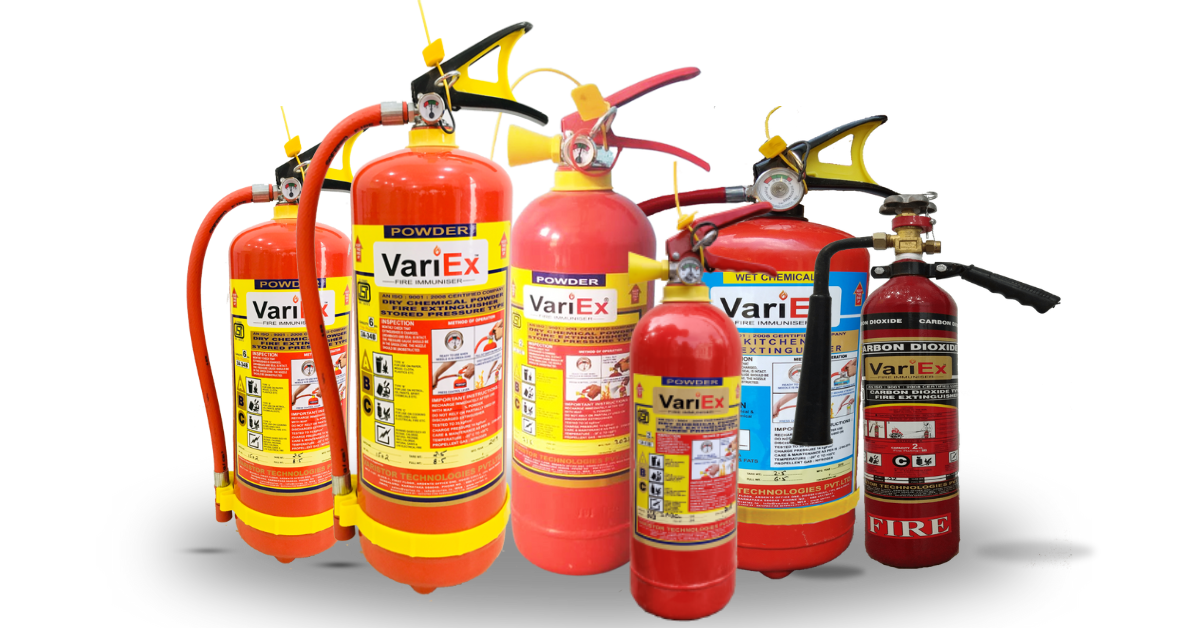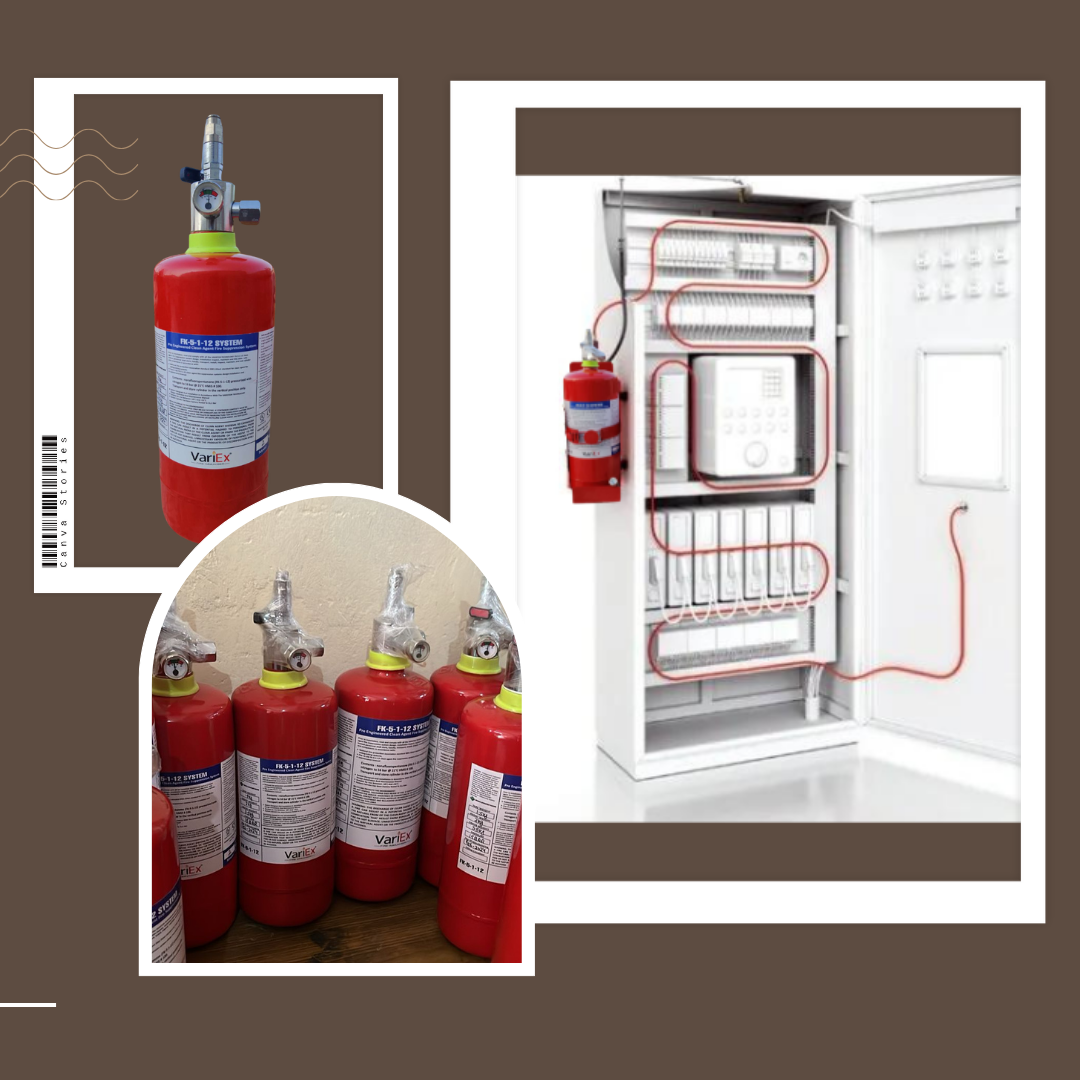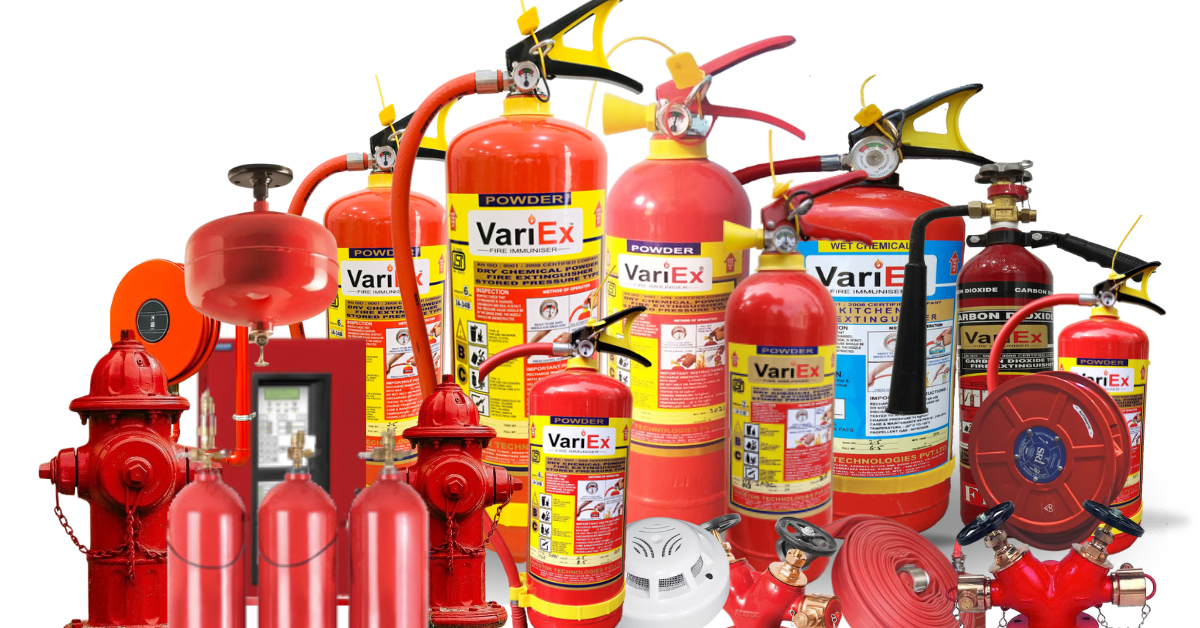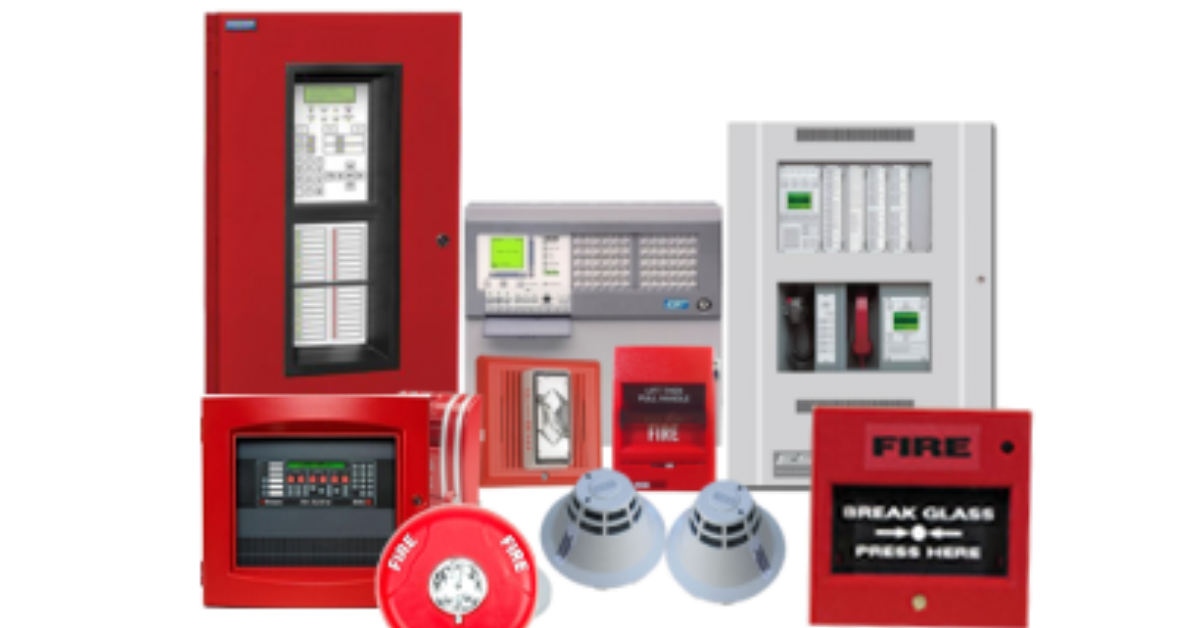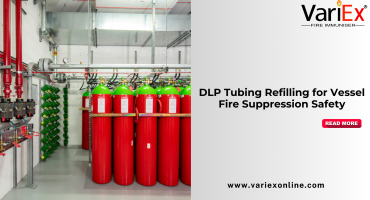![]()
Fire Immuniser
+91-7829629111
Email: info@variex.in
Varistor Technologies Pvt. Ltd.
Block-1, First Floor, Ardente Office One, Hoodi Circle, ITPL Main Road, Bengaluru, Karnataka 560048, IN
Types Of Pipes Used In Fire Fighting System
Fire fighting systems play a crucial role in safeguarding lives and property from the devastating effects of fires. Central to these systems are the pipes that transport water or other extinguishing agents to the site of the fire. In this article, we will explore the different types of pipes commonly used in fire fighting systems, their characteristics, advantages, and applications.
Steel Pipes:
- Due to their durability and strength, fire fighting systems commonly use steel pipes.
- They are resistant to corrosion and can withstand high pressure, making them suitable for transporting water over long distances.
- In commercial and industrial buildings, underground fire mains, risers, and sprinkler systems often use steel pipes.
PVC Pipes:
- PVC (Polyvinyl Chloride) pipes are lightweight, cost-effective, and easy to install, making them popular for fire fighting applications.
- They are non-corrosive and resistant to chemical reactions, making them suitable for transporting water and other extinguishing agents.
- Residential fire sprinkler systems, as well as smaller commercial and institutional buildings, commonly use PVC pipes.
CPVC Pipes:
- CPVC (Chlorinated Polyvinyl Chloride) pipes resemble PVC pipes but specifically withstand higher temperatures and pressures.
- They provide increased fire resistance and are suitable for use in fire suppression systems where higher temperatures may occur.
- People often use CPVC pipes in high-rise buildings, industrial facilities, and areas where the risk of fire is greater.
HDPE Pipes:
- People know HDPE (High-Density Polyethylene) pipes for their flexibility, durability, and resistance to corrosion and chemicals.
- They are lightweight and easy to handle, making them suitable for above-ground and underground installations.
- People commonly use HDPE pipes in fire hydrant systems, outdoor fire mains, and water supply lines in areas prone to seismic activity.
Ductile Iron Pipes:
- Ductile iron pipes offer high strength, durability, and resistance to external loads, making them suitable for underground fire mains and hydrant systems.
- They have a smooth interior surface, which helps to reduce friction loss and improve water flow in fire fighting applications.
- Municipal fire hydrant systems and large-scale industrial fire protection systems often use ductile iron pipes.
Conclusion
Choosing the right type of pipe for a fire fighting system is essential to ensure reliability, performance, and safety during emergencies. Steel, PVC, CPVC, HDPE, and ductile iron pipes each offer unique characteristics suited to different applications and environments. By understanding the advantages and limitations of each type of pipe, fire safety professionals can make informed decisions to design and install effective fire fighting systems that protect lives and property.
Frequently Asked Questions
1.What types of pipes are commonly used in fire fighting systems?
Commonly used pipes in fire fighting systems include steel pipes, PVC pipes, CPVC pipes, HDPE pipes, and ductile iron pipes.
2. Why are steel pipes preferred in fire fighting systems?
People prefer steel pipes for their durability, strength, and resistance to corrosion, making them suitable for transporting water over long distances in fire mains and sprinkler systems.
3. What are the advantages of PVC pipes in fire fighting applications?
PVC pipes are lightweight, cost-effective, and resistant to corrosion and chemical reactions. They are easy to install and commonly used in residential and small commercial fire sprinkler systems.
4. When are CPVC pipes used in fire fighting systems?
Users employ CPVC pipes in fire fighting systems where they encounter higher temperatures and pressures. They offer increased fire resistance and are suitable for use in high-rise buildings and industrial facilities.
5. What are the characteristics of HDPE pipes in fire fighting applications?
HDPE pipes are known for their flexibility, durability, and resistance to corrosion and chemicals. They are lightweight and commonly used in outdoor fire mains and water supply lines.
6. Why are ductile iron pipes used in fire hydrant systems?
Ductile iron pipes offer high strength, durability, and resistance to external loads, making them suitable for underground fire mains and hydrant systems. They have a smooth interior surface, which helps to improve water flow in fire fighting applications.
7. How do I choose the right type of pipe for a fire fighting system?
The choice of pipe depends on factors such as the application, environmental conditions, required pressure and temperature ratings, and budget constraints. Consulting with a qualified fire safety professional can help in selecting the most appropriate pipe for your specific needs.
8. What are the maintenance requirements for pipes in fire fighting systems?
Regular inspection, testing, and maintenance of pipes are essential to ensure their continued reliability and performance in fire fighting applications. This includes checking for signs of corrosion, leaks, and damage, as well as flushing the system to remove debris and sediment.
Explore our products Range
Final Say
We at VariEx.in or Variexonline.com have mastered the art of designing, installing, inspecting, and fixing automatic sprinkler systems with the help of our in-house team, which is capable of delivering the fire sprinkler services you need, whether large or small and at affordable cost.
To schedule a fire sprinkler installation, or you think our services could benefit your commercial property, contact us online or give us a call at, 7829629111
"WHAT YOU CAN READ NEXT"
 Read more +24 November 2023 in Fire Extinguisher
Read more +24 November 2023 in Fire ExtinguisherWhat types of fire extinguishers are available for different fire classes?
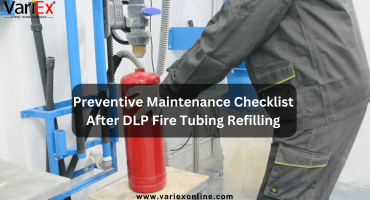 Read more +11 July 2025 in Fire Suppression
Read more +11 July 2025 in Fire Suppression

